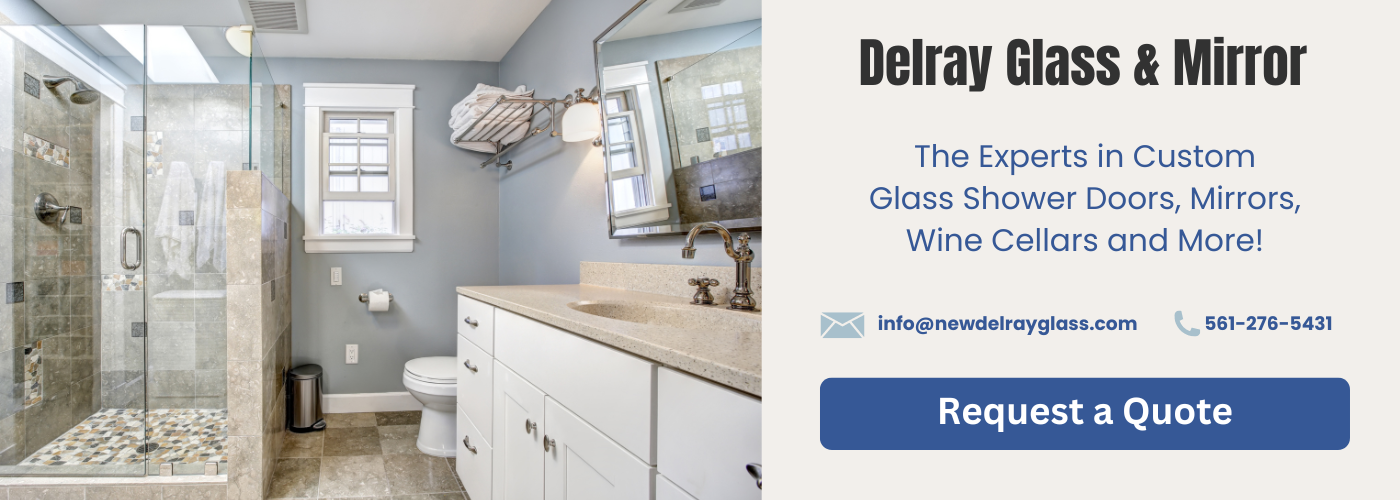Sliding shower doors are a popular choice for many homeowners due to their modern design, functionality, and space-saving capabilities. However, one common question that arises is, “Can sliding shower doors be installed on any existing shower?” While the simple answer is ‘yes’, there are several factors to consider before undertaking this bathroom upgrade. This comprehensive guide will delve into several crucial aspects of installing sliding shower doors on existing showers.
Firstly, we will discuss the types of existing showers that are compatible with sliding doors. Not all showers are created equal and, therefore, understanding the compatibility between your current shower and sliding doors is paramount. Secondly, we will tackle the process of measuring and sizing for sliding shower doors. Accurate measurements are crucial to ensure a perfect fit and seamless operation of your new doors.
Next, we will talk about the material and hardware requirements for sliding shower door installation. Having the right materials and tools beforehand can streamline the installation process and ensure a successful outcome. Following this, we will outline the installation process of sliding shower doors on existing showers. This will provide you with a step-by-step guide on how to correctly install your new sliding shower doors.
Finally, despite careful planning and preparation, challenges might arise during the installation process. In the last section, we will discuss potential challenges and their corresponding solutions when installing sliding shower doors. This will equip you with the knowledge to troubleshoot any issues that might emerge during the installation. By addressing these five areas, this article aims to provide a comprehensive guide on installing sliding shower doors on existing showers.


Types of Existing Showers Compatible with Sliding Doors
Sliding shower doors are not one-size-fits-all. They are designed to be versatile, but there are still some limitations to what types of showers they can be installed on. The types of existing showers that are compatible with sliding doors can be broadly categorized into three: standalone showers, tub-and-shower combinations, and corner showers.
Standalone showers are the most common type that is compatible with sliding doors. These showers are enclosed on three sides, with the fourth side being the entrance. The shower walls are typically made of tile or a similar material, and the floor is usually a raised platform to prevent water from spilling out. Given the structure of standalone showers, sliding doors can easily be installed to provide a functional and aesthetically pleasing closure.
Tub-and-shower combinations are also compatible with sliding doors. These are combination units where the tub doubles as the shower base. The primary challenge with these types of showers is ensuring the sliding doors are tall enough to prevent water from splashing over the top, but manufacturers have taken this into account and offer doors that are designed specifically for tub-and-shower combinations.
Lastly, corner showers can also accommodate sliding doors. These showers are typically designed with a square or rectangular base, enclosed on two sides by walls, and the other two sides are glass. Sliding doors are an excellent choice for these types of showers because they don’t require additional space to open or close, making them ideal for smaller bathrooms.
It’s important to note that while these are the most common types of showers that are compatible with sliding doors, not all showers will be able to accommodate this type of door. The exact specifications of the shower, including the dimensions and layout, will ultimately determine if a sliding door can be installed.
Measuring and Sizing for Sliding Shower Doors
Measuring and sizing for sliding shower doors is a crucial step in the process of installing these types of doors on an existing shower. There are several aspects to consider to ensure that the door fits properly and functions as it should. The process begins by accurately measuring the width and height of the shower opening where the new door will be installed. These measurements are essential for determining the correct size of the door that is needed.
The width of the shower opening is typically measured at three points: the top, middle, and bottom. The smallest measurement is then used as the width for the sliding door. This ensures that the door will fit properly and slide smoothly. The height is usually measured from the top of the shower base or bathtub to the top of the shower opening.
Beyond just the measurements of the shower opening, other factors also need to be taken into account when sizing for a sliding shower door. For instance, the thickness of the glass and the type of track system that will be used can affect the overall size of the door. It is also important to consider the direction that the door will slide and any obstructions that might interfere with its movement.
In conclusion, measuring and sizing for sliding shower doors is not a task to be taken lightly. It requires precision and a careful consideration of various factors to ensure that the door not only fits but also operates smoothly and efficiently. This step is vital in the process of installing a sliding shower door on an existing shower, and accuracy is key to its success.
Material and Hardware Requirements for Sliding Shower Door Installation
The material and hardware requirements for sliding shower door installation are pivotal considerations that ensure the success and durability of the installation. Without the proper materials and hardware, the installation process might become complicated or even impossible.
The primary materials required include the sliding shower door itself, which is typically made of tempered glass. The thickness of the glass is a critical factor, and it typically varies from 1/4 inch to 1/2 inch. The thicker the glass, the more durable and high-quality the shower door will be. However, thicker glass is also heavier and may require sturdier hardware for safe installation.
The hardware includes the sliding mechanism, which is usually a set of rollers that glide along a metal track installed at the top and sometimes the bottom of the shower. The quality of these components significantly affects the smoothness of the door’s operation and its long-term reliability. Other necessary hardware includes handles or knobs, hinges, and gaskets to seal the door and prevent water from leaking out.
In addition to the glass door and hardware, some other materials are also required. These might include silicone sealant for waterproofing, certain specific tools for the installation process, and possibly some construction materials if modifications to the shower’s structure are necessary.
Each of these components plays a crucial role in ensuring a successful and durable sliding shower door installation. Ensuring you have the right materials and hardware from the start can save a lot of time, effort, and inconvenience in the long run.
Installation Process of Sliding Shower Doors on Existing Showers
The installation process of sliding shower doors on existing showers is a detailed procedure that requires careful planning and execution. This process is a subtopic to the question: “Can sliding shower doors be installed on any existing shower?”.
To begin with, the installation should start by measuring the shower opening to ensure the new sliding door fits perfectly. This is critical to prevent water leaks and to ensure the door slides smoothly. After the measurements are taken, the next step is to assemble the door frame. This involves attaching the frame tracks to the shower’s walls using suitable hardware. It’s important to ensure that the frame is level to prevent the door from sliding unevenly or becoming stuck.
Once the frame is installed, the next step is to install the sliding door. This process will depend on the specific model of the door, but generally involves hanging the door on the frame and adjusting it to ensure it slides smoothly. The door’s installation should be done carefully to avoid damaging the door or the frame.
After the door is installed, the final step is to seal the door frame with caulk. This helps to prevent water from leaking out of the shower and causing damage to the bathroom floor. It’s crucial to use a high-quality caulk that can withstand the humidity and temperature changes in a bathroom environment.
In conclusion, while the installation process of sliding shower doors on existing showers may seem complex, it can be done with careful planning and execution. It’s important to follow each step closely to ensure the door is installed properly and functions as intended.
Potential Challenges and Solutions in Installing Sliding Shower Doors
The installation of sliding shower doors on existing showers can present several challenges, which should be anticipated to ensure a smooth and efficient installation process. Nonetheless, each challenge has potential solutions that can help overcome the complications.
One common challenge encountered is the issue with the adjustment of the shower doors. Since showers come in various sizes and shapes, fitting a standard shower door may not always be straightforward. Moreover, the existing shower’s structure may not be perfectly level, which could complicate the installation process. In such cases, using adjustable shower doors or customizing the doors to fit the shower’s dimensions could be an effective solution.
Another potential issue is the material and hardware compatibility. Not all showers are designed to support the weight and operation of sliding doors. Some showers might be constructed with materials that cannot securely hold the heavy glass doors, or the design may not accommodate the sliding mechanism. To address this, it might be necessary to reinforce the shower structure or choose lighter door materials.
Lastly, there might be challenges related to the maintenance of sliding shower doors. Over time, the tracks of the sliding doors can accumulate soap scum and grime, making the doors difficult to slide. Regular cleaning and maintenance of the tracks can help prevent this issue.
Overall, while there are potential challenges in installing sliding shower doors on existing showers, with proper planning and consideration, these can be effectively managed and resolved.
